




When it comes to maintaining the cleanliness of your home, one of the most important areas to focus on is your floorboards. Dirty floorboards can not only make your home look unkempt, but they can also harbor allergens and bacteria that can have a negative impact on your health. Cleaning floorboards may seem like a daunting task, but with the right tips and techniques, you can keep your floors spotless and in great condition.
First and foremost, it is essential to regularly sweep or vacuum your floorboards to remove loose dirt, dust, and debris. This simple step can go a long way in preventing scratches from abrasive particles and keeping your floors looking their best. Be sure to use a soft-bristle broom or a vacuum cleaner with a hardwood floor attachment to avoid any damage.
For a more thorough clean, you can damp mop your floorboards using a mild cleaning solution. Mix a small amount of gentle floor cleaner with warm water and use a well-wrung mop or microfiber cloth to wipe away any stains or spills. Avoid using excessive water or harsh cleaning products, as these can cause damage to the wood and strip away its protective coating.
Another important tip is to address spills and stains immediately to prevent them from seeping into the wood and causing permanent damage. Blot the spill with a clean cloth or paper towel, and then gently clean the area with a damp cloth and the appropriate cleaning solution for the type of stain.
It’s crucial to avoid scrubbing the floor vigorously, as this can lead to scratches and discoloration.
Lastly, it’s important to regularly maintain the protective finish on your floorboards. Over time, the finish can wear away, leaving your floors more susceptible to damage. To protect your floors and keep them looking their best, consider applying a new coat of polyurethane or wax every few years. This will not only help prevent scratches but also enhance the overall appearance of your floorboards.
In conclusion, keeping your floorboards clean and spotless doesn’t have to be a daunting task. By regularly sweeping or vacuuming, damp mopping with a mild cleaning solution, addressing spills immediately, and maintaining the protective finish, you can ensure that your floors remain in great condition for years to come. Implement these tips and techniques into your cleaning routine, and enjoy the beauty and cleanliness of your home’s floorboards.
Tips for Cleaning Floorboards
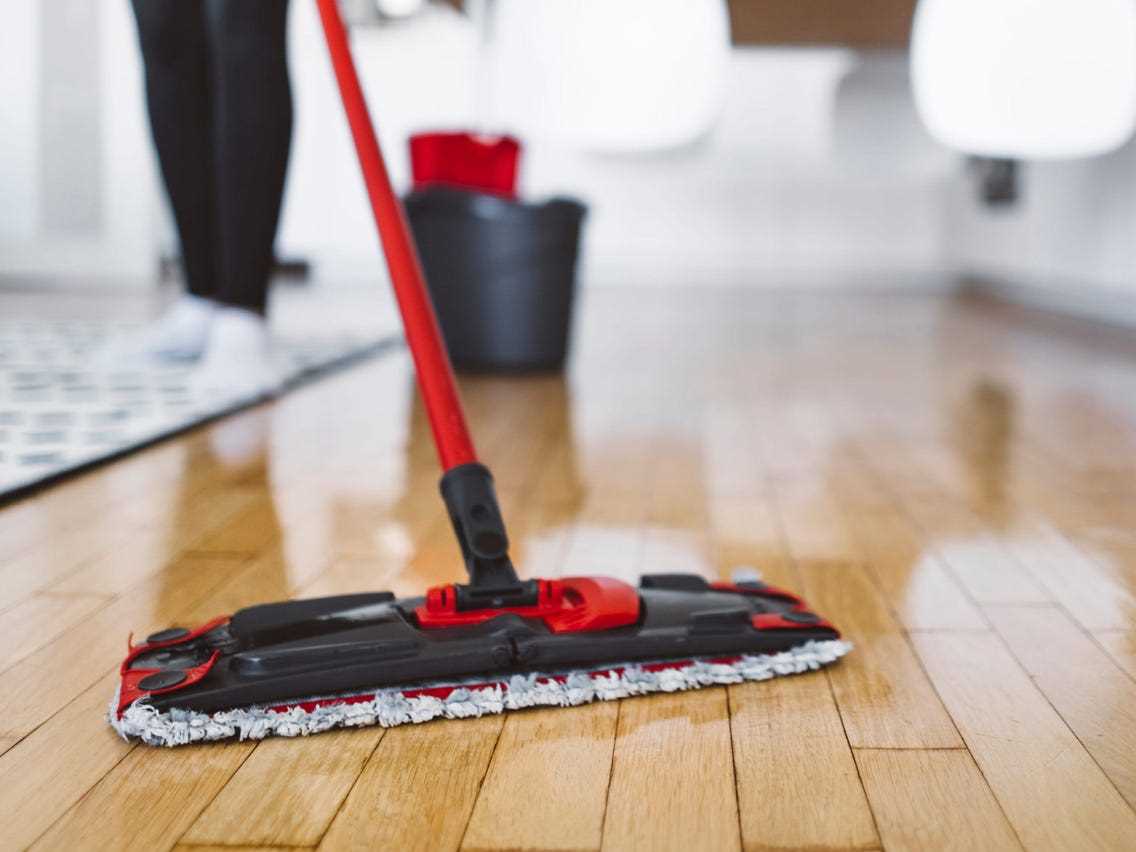
1. Regular Sweeping
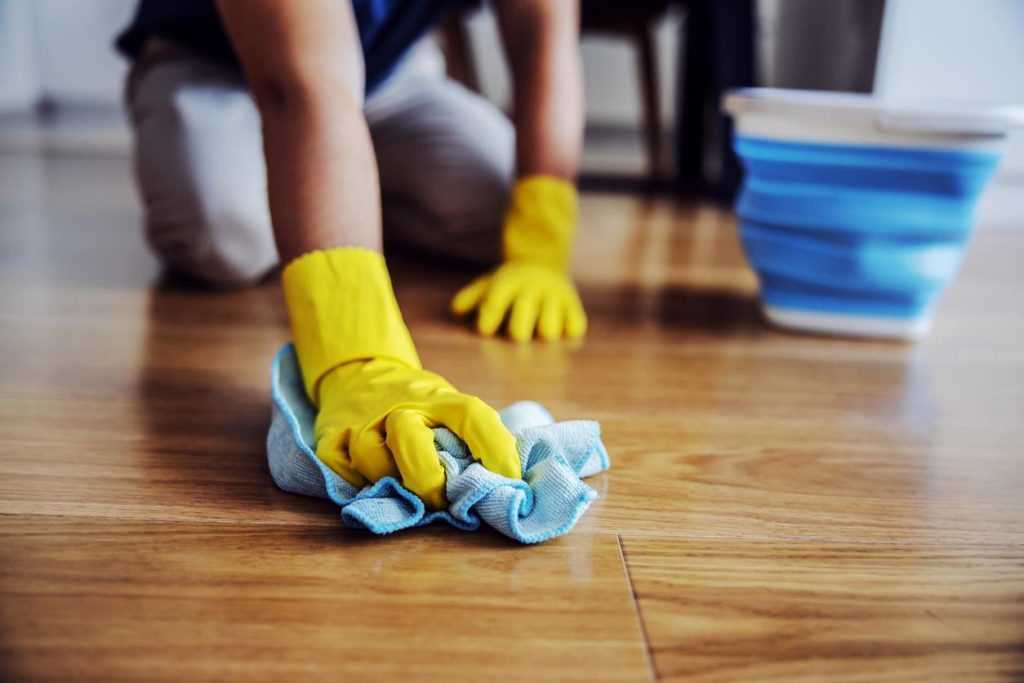
To keep your floorboards looking clean, sweep them regularly to remove any loose dirt or debris. Use a soft bristle broom or a microfiber mop to avoid scratching the surface of the floorboards. Sweep in the direction of the wood grain for the best results.
2. Vacuuming
In addition to sweeping, vacuuming is also an effective way to clean floorboards. Use a vacuum cleaner with a soft brush attachment to gently remove dust and dirt from the floorboards. Be sure to vacuum along the edges and corners of the room, as these areas can accumulate more dirt.
3. Mopping
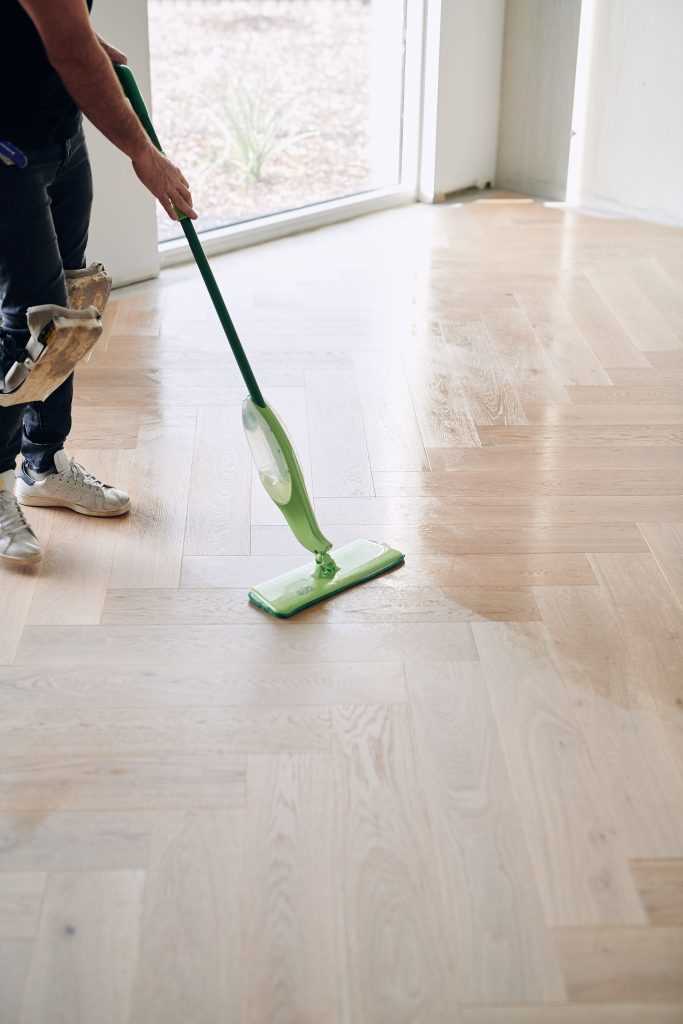
When it’s time for a deeper clean, you can mop your floorboards. However, it is important to use a damp mop rather than a wet one, as excessive moisture can damage the wood. Mix a mild hardwood floor cleaner with water according to the instructions on the product, then mop the floorboards using a well-wrung mop. Avoid leaving standing water on the floorboards and dry them immediately with a clean, dry cloth.
4. Avoid Harsh Cleaning Products
Avoid using harsh chemical cleaners or abrasive products on your floorboards. These can damage the finish and strip away the protective sealant. Stick to mild cleaners specifically made for hardwood floors to ensure the longevity of your floorboards.
5. Wipe Up Spills Immediately
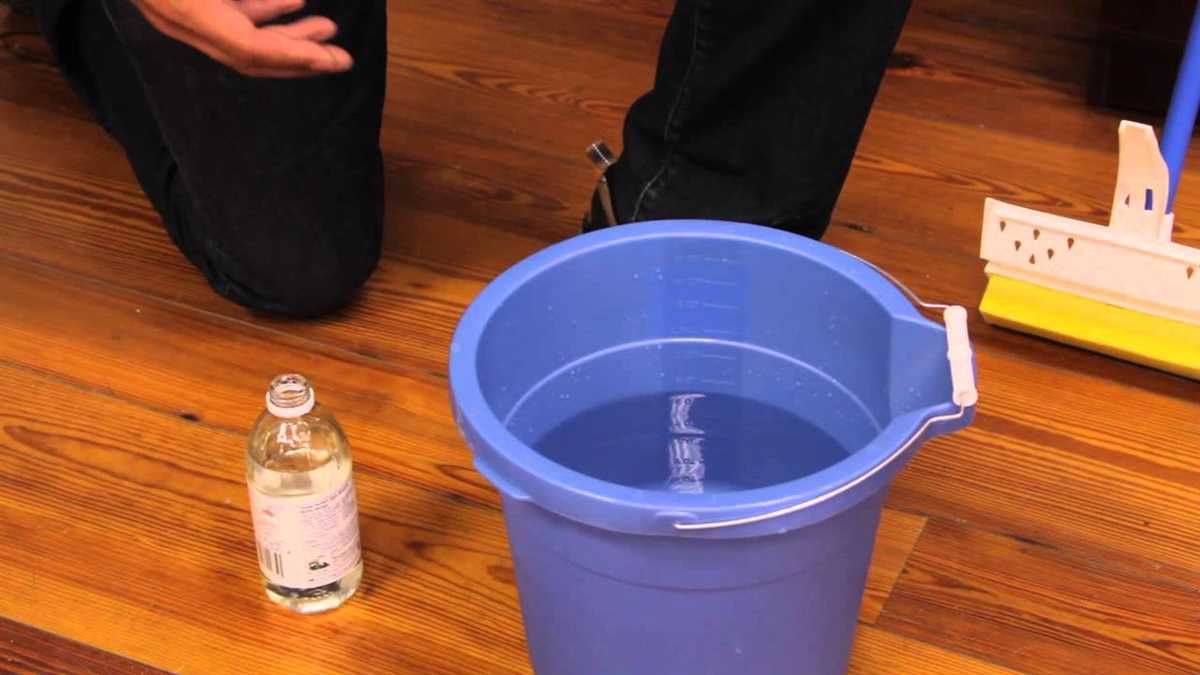
Accidents happen, but it’s important to quickly wipe up any spills on your floorboards. Moisture can seep into the wood and cause warping or staining. Use a clean cloth or paper towel to blot the spill and gently clean the area.
6. Remove Stains Carefully
If you have stubborn stains on your floorboards, it’s important to remove them carefully to avoid damaging the wood. Start by gently scrubbing the stain with a soft cloth or sponge dipped in a solution of warm water and mild hardwood floor cleaner. If the stain persists, consult a professional cleaner or follow the manufacturer’s instructions for stain removal.
7. Use Mats and Rugs
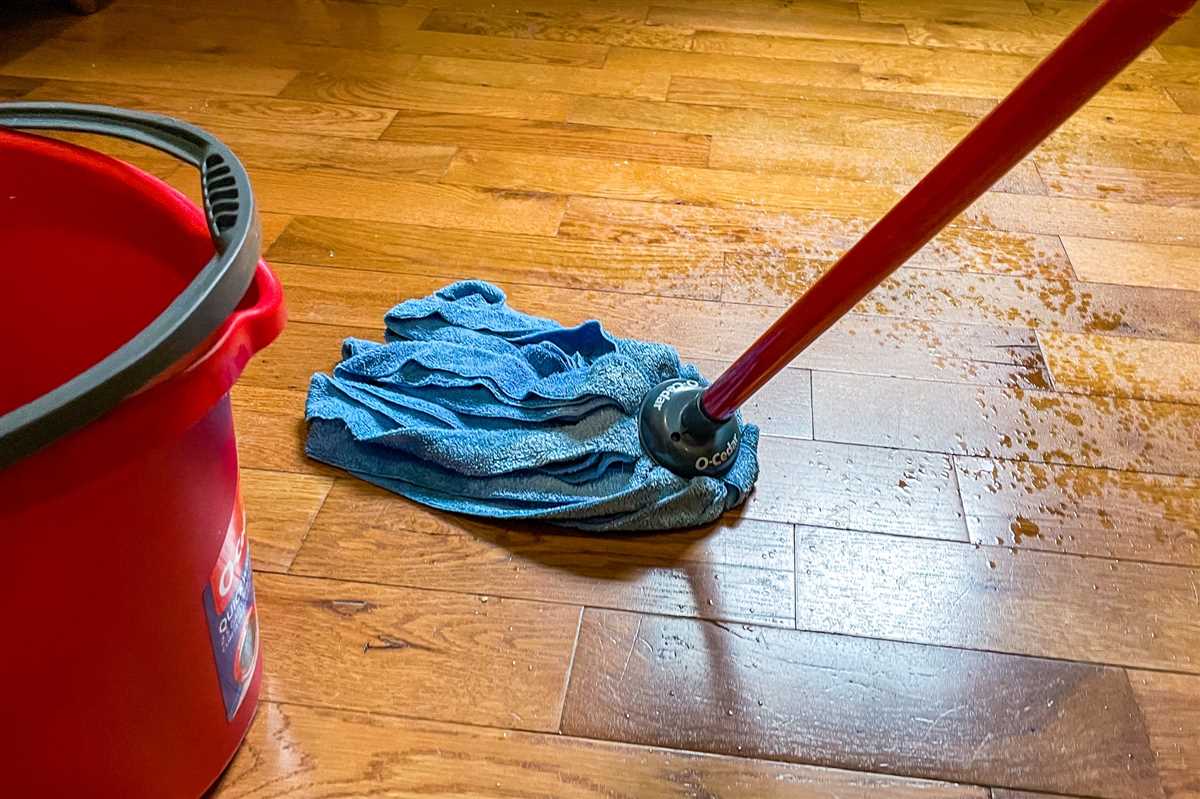
Prevent dirt and debris from getting onto your floorboards by placing mats and rugs in high-traffic areas. These protective coverings can trap dirt and absorb moisture, preserving the cleanliness and condition of your floorboards.
8. Regular Maintenance
Perform regular maintenance on your floorboards to keep them looking their best. This includes periodically applying a fresh coat of sealant or polish to protect the wood and enhance its natural beauty. Follow the manufacturer’s instructions for the specific products you use.
9. Furniture Pads
Protect your floorboards from scratches and dents by adding furniture pads to the legs of your furniture. These felt or rubber pads provide a buffer between the furniture and the floorboards, preventing damage during movement.
10. Professional Cleaning
If your floorboards are heavily soiled or have deep stains that you can’t remove on your own, consider hiring a professional cleaning service. They will have the expertise and specialized equipment to clean your floorboards effectively and safely.
Sweep Before You Mop
Before you start mopping your floorboards, it’s important to sweep the area first. Sweeping helps to remove loose dirt, debris, and pet hair that may be present on the floor. This prevents the mop from pushing the dirt around and scratching the floorboards during the mopping process.
To sweep the floorboards, you can use a broom with soft bristles or a dust mop. Start by removing any large debris or trash from the floor, such as paper or food scraps. Then, use long sweeping motions to collect the dirt and dust into a pile. Make sure to sweep along the edges of the room and in the corners where dirt tends to accumulate.
Tips for Sweeping:
- Use a broom or dust mop with soft bristles to avoid scratching the floorboards.
- Hold the broom or dust mop at an angle to reach into corners and along the edges of the room.
- Sweep in long, even strokes to collect the dirt and dust into a pile.
- Consider using a dustpan with a rubber edge to make it easier to pick up the pile of dirt and dust.
Once you have swept the floorboards, you can proceed with mopping to remove any remaining dirt and stains. Sweeping before mopping ensures that you have a clean surface to work with and helps to achieve a spotless finish.
Use a Vinegar Solution
If you prefer a natural and eco-friendly solution, using a vinegar solution can be a great option for cleaning your floorboards. Vinegar is known for its cleaning properties and can effectively remove dirt and grime from your floors.
- Mix equal parts of white vinegar and water in a bucket.
- Dip a mop or a soft cloth in the vinegar solution.
- Wring out the excess liquid so the mop or cloth is damp, not soaked.
- Gently mop the floorboards, making sure to reach all areas.
- For stubborn spots or tough stains, you can apply the vinegar solution directly to the affected area and let it sit for a few minutes before wiping it away.
- After mopping, rinse the mop or cloth thoroughly and go over the floorboards again to remove any vinegar residue.
Note: Vinegar has a strong smell that may linger after cleaning. To eliminate the smell, you can add a few drops of essential oil, such as lavender or citrus, to the vinegar solution.
Caution: Avoid using vinegar on waxed or finished wood floors, as it can strip away the protective coating and damage the wood. Always test the vinegar solution on a small, inconspicuous area of your floorboards before using it on the entire surface.
Avoid Excessive Moisture

When cleaning floorboards, it is important to avoid using excessive moisture. While some floorboards may have a protective coating, prolonged exposure to moisture can still cause damage over time. Here are some tips to avoid excessive moisture when cleaning your floorboards:
- Use a damp mop: Instead of soaking the mop in water, wring it out to remove excess moisture. A damp mop will be sufficient for removing dirt and stains without causing damage to the floorboards.
- Avoid using excessive water: When mopping the floor, use a minimal amount of water. Avoid pouring water directly onto the floor and instead dampen the mop with water or a mild cleaning solution.
- Dry the floorboards immediately: After mopping, be sure to dry the floorboards thoroughly. Excess water can seep into the cracks between the boards and cause them to warp or swell. Use a dry mop or towel to remove any remaining moisture.
- Consider using a dry or steam mop: Dry or steam mops are a great option for cleaning floorboards as they require very little water. These mops use heat and suction to remove dirt and sanitize the floor without excessive moisture.
- Address spills and stains promptly: If a spill occurs on your floorboards, clean it up immediately to prevent moisture from seeping into the wood. Use a soft cloth or paper towel to blot the spill, and then follow up with a gentle cleaning solution if necessary.
- Avoid abrasive cleaners: Harsh or abrasive cleaners can strip away the protective coating on your floorboards and make them more susceptible to water damage. Stick to mild cleaning solutions specifically designed for wooden floors.
By avoiding excessive moisture and using the right cleaning techniques, you can keep your floorboards clean and well-maintained for years to come.
Don’t Forget the Corners
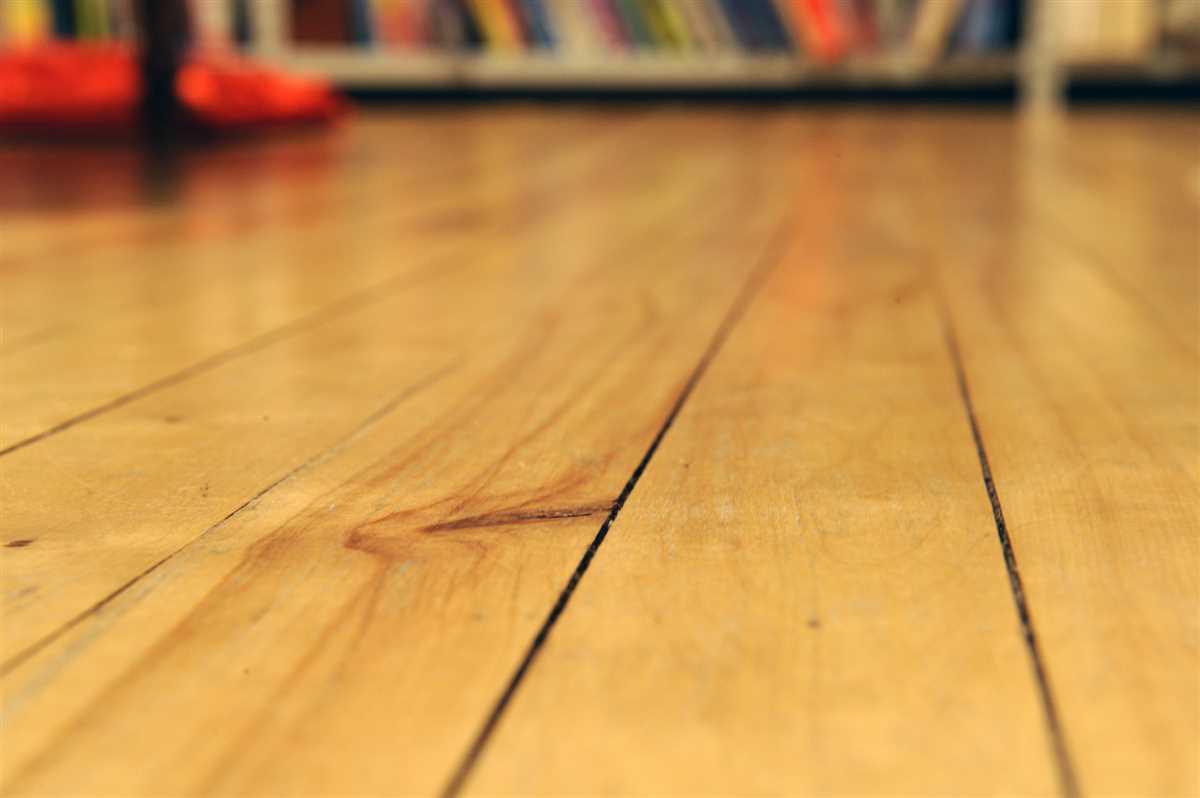
When cleaning floorboards, it’s important not to neglect the corners of the room. Dust and dirt tend to accumulate in these areas, and if left unattended, they can contribute to a build-up of grime on your floors.
To ensure your corners are effectively cleaned, follow these steps:
- Sweep or vacuum the corners to remove loose dirt and debris. Use a small broom or a vacuum cleaner with a nozzle attachment to get into the tight spaces.
- Pre-treat stubborn stains by spraying a mild cleaning solution onto the affected areas. Allow the solution to sit for a few minutes to help loosen the stains.
- Scrub the corners using a soft brush or a toothbrush. Work in circular motions to dislodge any dirt or grime that may have accumulated.
- Wipe away the dirt with a damp cloth or sponge. Rinse the cloth or sponge frequently to prevent spreading the dirt back onto the floor.
- Dry the corners thoroughly to avoid any moisture seeping into the wood and causing damage. You can use a clean, dry cloth or allow the corners to air dry naturally.
Pro tip: To prevent dirt and dust from accumulating in the corners, consider placing small mats or rugs in these areas. This will help catch debris and make it easier to clean.
By giving attention to the corners of your floorboards, your entire floor will look cleaner and more polished. Incorporate this step into your regular cleaning routine to maintain spotless floors for years to come.
Regular Maintenance is Key
Regular maintenance is the key to keeping your floorboards clean and looking their best. By incorporating a few simple cleaning routines into your weekly schedule, you can easily maintain the beauty of your floorboards and prevent the accumulation of dirt and grime. Here are some tips and techniques for regular maintenance:
1. Sweep or Vacuum Regularly
One of the easiest ways to keep your floorboards clean is by sweeping or vacuuming them regularly. This will help remove loose dirt, dust, and debris that can accumulate on the surface. Use a soft-bristle broom or a vacuum cleaner with a brush attachment to avoid scratching the floorboards.
2. Wipe up Spills Immediately
Whenever there is a spill on your floorboards, make sure to clean it up immediately. Liquids, especially those that are acidic or staining, can cause damage to the finish and leave permanent marks or discoloration. Use a soft cloth or paper towel to blot the spill and gently clean the affected area with a mild cleaning solution.
3. Use Floor Mats and Rugs
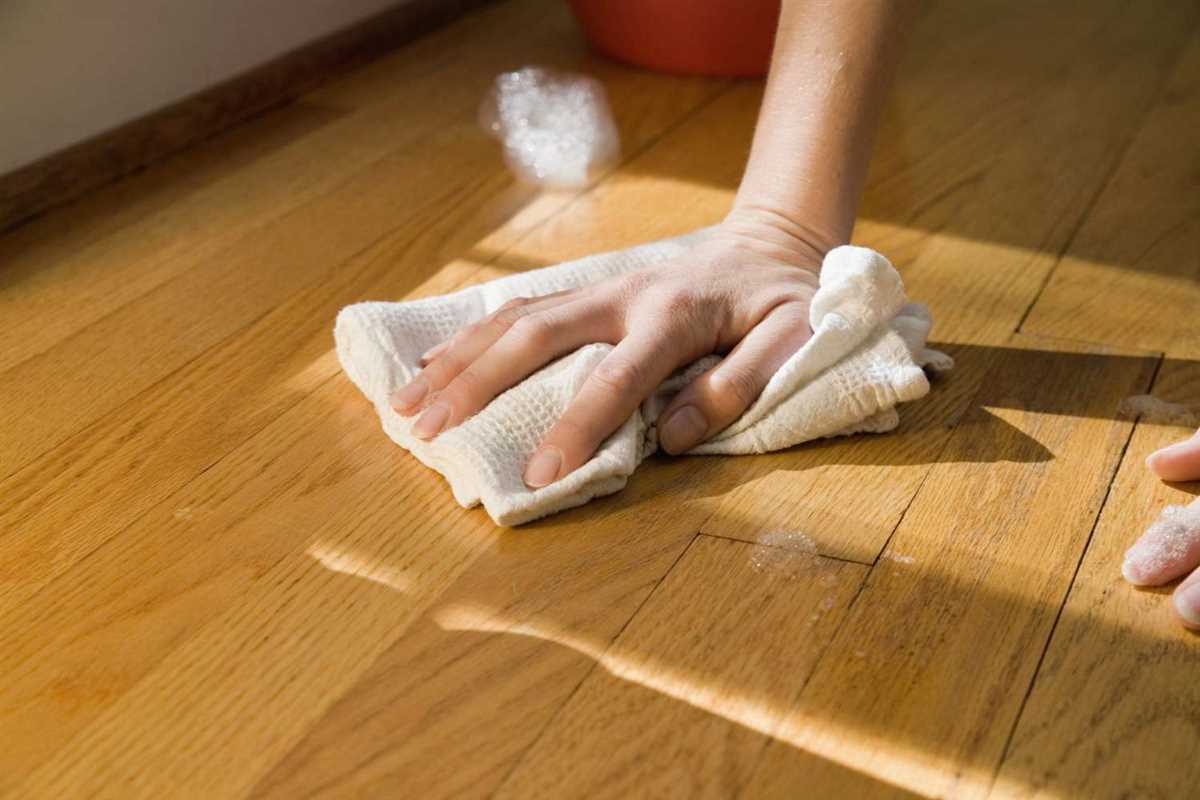
Placing floor mats or rugs at entryways and high-traffic areas can help prevent dirt, dust, and grime from being tracked onto your floorboards. These mats will act as a barrier, catching and trapping particles before they have a chance to reach the floor. Make sure to clean and shake out the mats regularly to remove any accumulated debris.
4. Avoid Excessive Moisture
Excessive moisture can cause damage to your floorboards, including warping, swelling, and mold growth. Avoid mopping the floorboards with excessive water and be cautious when cleaning spills to prevent water from seeping into the cracks. Use a damp cloth or mop for regular cleaning and dry the surface thoroughly afterward.
5. Use Protective Pads
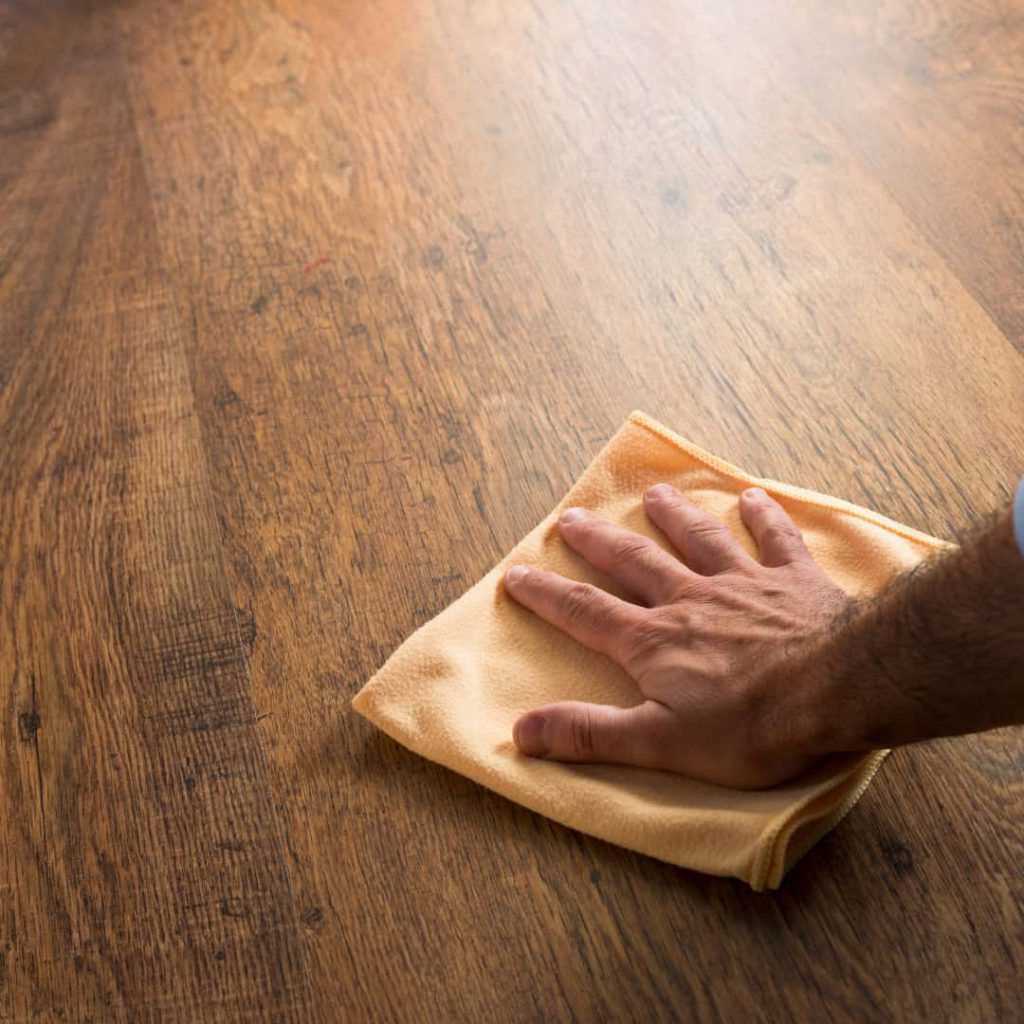
To prevent scratches and dents caused by furniture or heavy objects, use protective pads or felt pads on the legs of chairs, tables, and other furniture. These pads will create a buffer between the floorboards and the furniture, reducing the risk of damage when moving or sliding objects.
By following these regular maintenance tips, you can keep your floorboards looking pristine for years to come. Remember to always read and follow the manufacturer’s instructions for cleaning and maintenance to ensure the best results and to avoid any damage to your floorboards.
FAQ
What is the best way to clean floorboards?
The best way to clean floorboards is to start by sweeping or vacuuming up any dirt and debris. Then, use a mop or microfiber cloth dampened with a solution of warm water and a mild detergent to gently scrub the surface of the floorboards. Rinse the mop or cloth frequently in clean water to avoid spreading dirt. For stubborn stains, you can use a mixture of vinegar and water or a commercial wood floor cleaner. Make sure to dry the floorboards thoroughly after cleaning.
Can I use a steam mop to clean my floorboards?
It is generally not recommended to use a steam mop on floorboards. The high heat and moisture from the steam can damage the wood and cause warping and staining. It is best to use a mop or microfiber cloth dampened with a solution of warm water and a mild detergent for regular floorboard cleaning.
How often should I clean my floorboards?
The frequency of cleaning floorboards depends on various factors such as foot traffic, pets, and the level of dirt and dust in your home. As a general rule, it is recommended to sweep or vacuum the floorboards at least once a week to remove loose dirt and debris. A more thorough cleaning with a mop or microfiber cloth can be done every 1-2 weeks, or as needed.
What should I do if my floorboards have scratches?
If your floorboards have scratches, there are a few options for repair. For minor scratches, you can use a wood filler or touch-up marker that matches the color of your floorboards. Fill the scratch with the filler or use the marker to color it in, then gently buff the area with a soft cloth. For deeper scratches, it may be necessary to sand and refinish the floorboards, which should be done by a professional.
Are there any preventive measures I can take to keep my floorboards clean?
Yes, there are several preventive measures you can take to keep your floorboards clean. Place doormats at all entrances to trap dirt and moisture before it reaches your floorboards. Use protective pads or felt furniture glides on the legs of furniture to prevent scratches. Avoid wearing shoes indoors, as they can track in dirt and debris. Regularly trim your pet’s nails to minimize scratching. Finally, make it a habit to sweep or vacuum the floor regularly to prevent dirt and dust from accumulating.












